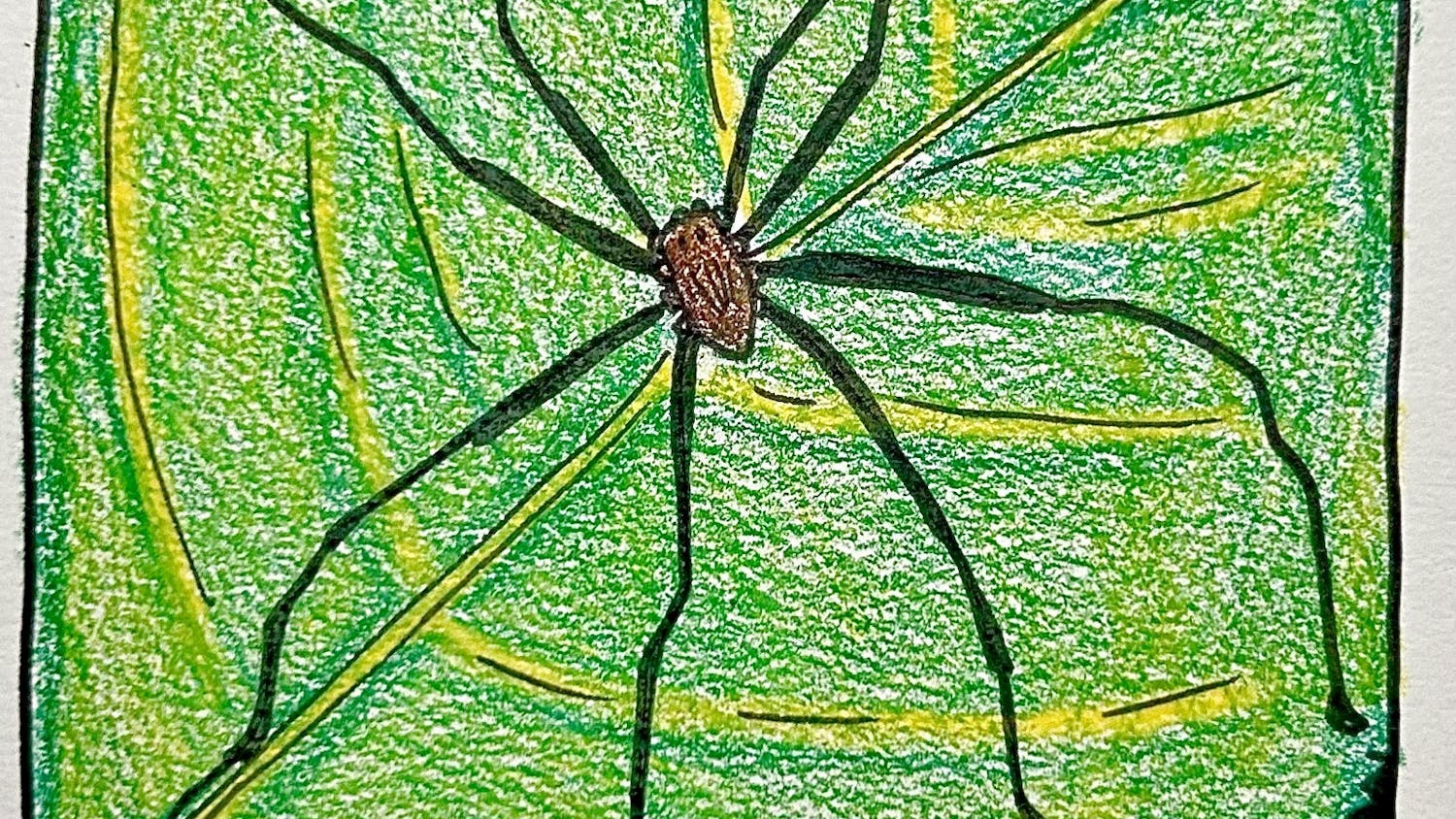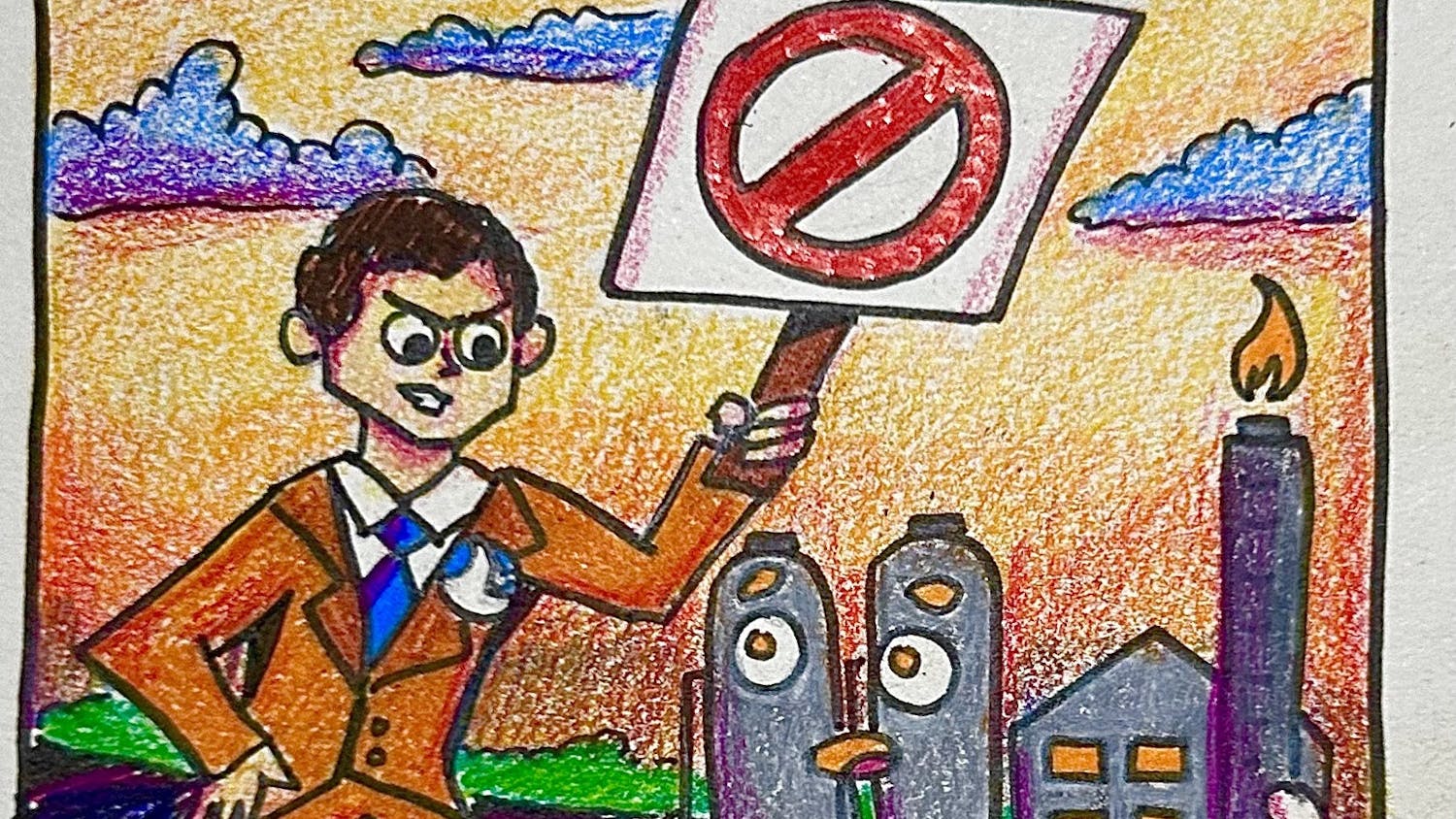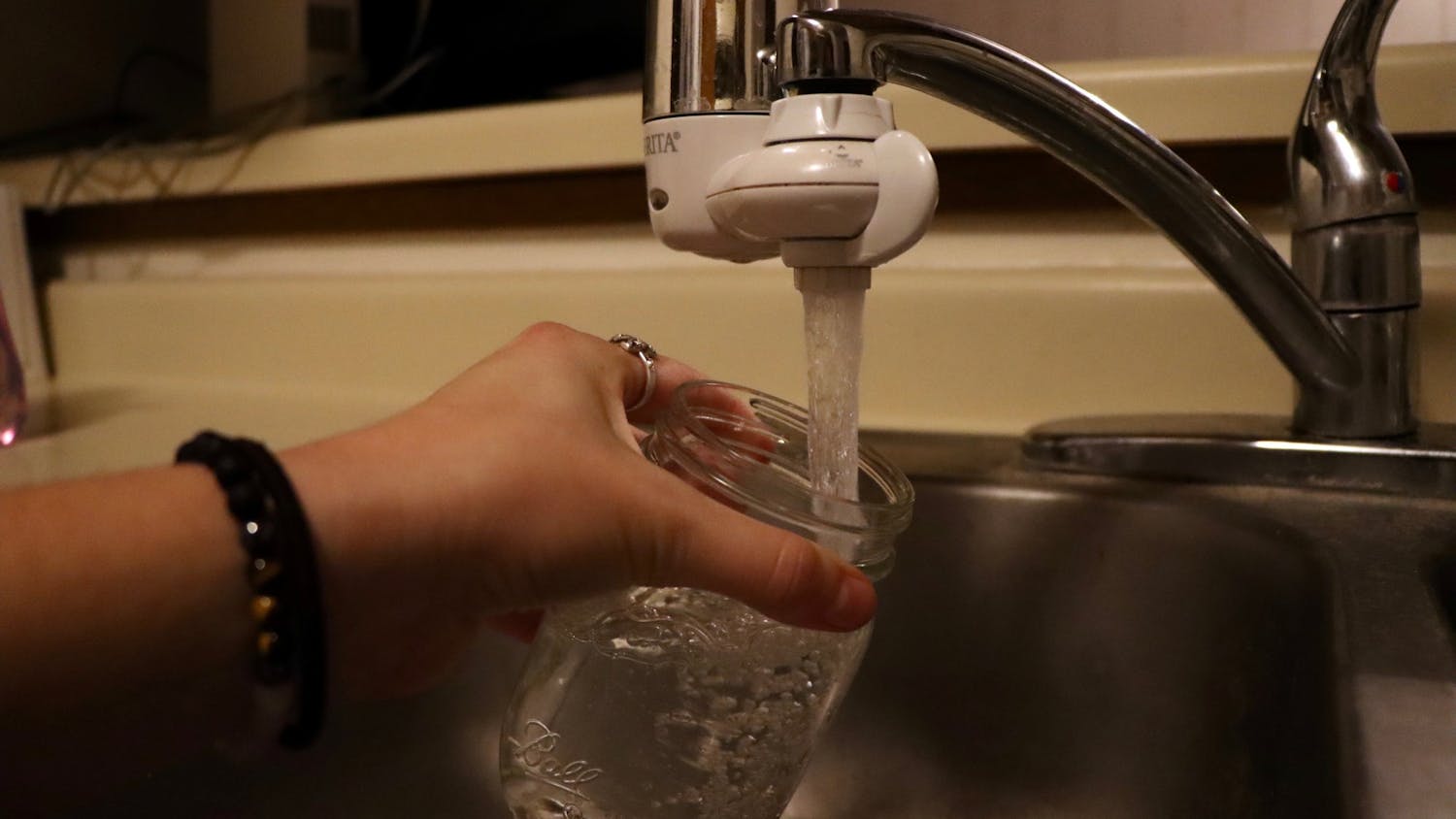Wisconsin wildlife is about to take center stage and the Wisconsin Department of Natural Resources (DNR) is preparing to welcome these new celebrities. A new project called Snapshot Wisconsin is aiming to create one of the largest networks of trail cameras to capture Wisconsin wildlife.
This information will be used to create and analyze patterns of animals, weather, forest growth and more. The entire state of Wisconsin is a large place, with acres of landscape,
Snapshot Wisconsin intends to engage the public in science. Citizens can act as scientists by having cameras set up in their yard. The photos taken are viewable on a crowdsourcing website for everyone to view called Zooniverse.
“In their own way, they are citizen scientists, so they become scientists,” Jennifer Stenglein, the project leader for Snapshot Wisconsin and a research scientist for the Wisconsin DNR, said.
These citizen scientists are provided with all the equipment they would need to capture wildlife in action. Employees of the DNR occasionally check the camera and mount to ensure everything is working properly. The volunteers collect the pictures from the SD card and upload them to the crowdsourcing website for others to view.
Once the photos are on the website, citizens from anywhere can identify the animals in the photos.
Trail cameras are triggered by motion. When an animal moves in front of the camera, it snaps a picture. Once someone identifies the animal in the photo, the information is stored to be used later.
There are over one million people from all over the world identifying these photos. They are from all different places,
“A lot of other projects that are big like this have a clear research focus and were really on the applied side of actually using the data to count animals and make decisions about where conservation is needed,” Stenglein said.
The engagement with the community is also one of
“A really cool part of this is working with the volunteers, it’s an incredible community within Wisconsin that wants to help us,” Stenglein said.
Once the animals are identified, the information is linked with satellite data. This is used to understand patterns in the Wisconsin landscape and track shifts in wildlife populations.
Common animals such as deer, turkey,
Phil Townsend is a professor of Wildlife Ecology at the University of Wisconsin-Madison and has worked with the DNR to set up the large collaborative project. The goal of UW-Madison is to provide support to the DNR and build a sustainable infrastructure.
“We’re trying to build something the DNR can use long term,” Townsend said.
Townsend also played an instrumental part in securing funding from NASA for this project.
“People always ask me, ‘why NASA?’ NASA collects imagery that tells you something about land cover, crops are grown, where there’s fragmentation,” Townsend said. “These are all things that get used to
The data NASA provides is the satellite data that is used to track patterns within the wildlife. The satellite data also helps to fill in the gaps for the locations the cameras are not able to view. The DNR cannot monitor wildlife everywhere.
Once all of the satellite data is processed by NASA and researchers by UW-Madison, it is compared with climate maps and the locations of animals identified by citizen scientists. Using all of this data together, researchers build a relationship.
For example, Townsend or Stenglein can identify how animal populations respond during certain times of the year by building a relationship between climate satellite data and animal appearances. Overall, this comprehensive database of wildlife will allow for better population tracking and animal comparisons.
Snapshot Wisconsin is starting in Iowa and Sawyer counties, but will eventually expand to every county in the state.
This information and research
“The volunteers have been incredible … The scale we are going to
Identify animals yourself at www.snapshotwisconsin.org.





